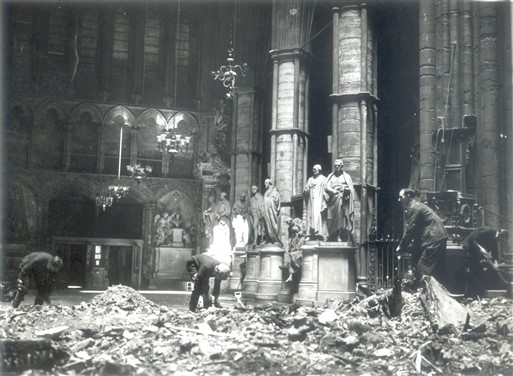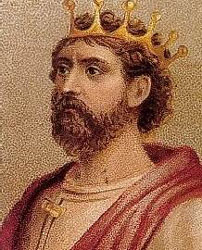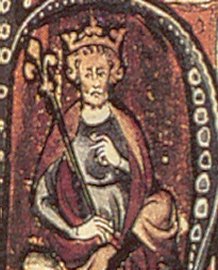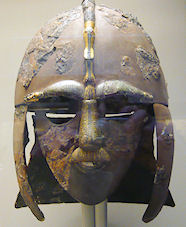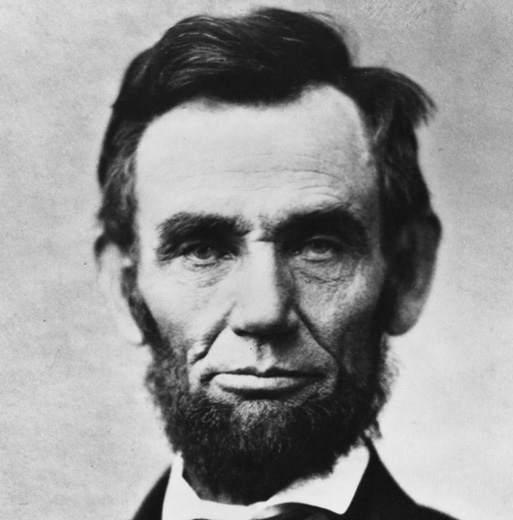On the outbreak of the second world war in 1939 many of the Abbey’s treasures were evacuated for safety to country houses, such as Mentmore. These included the 13th century Retable (altarpiece), tapestries, gilt bronze and oak tomb effigies, manuscripts, misericords, and statues and gates from the Lady Chapel. The bronze grille from Henry VII’s tomb was also removed. The small numbers stamped on the grille to enable it to be rebuilt afterwards can still be seen. Some of the stained glass windows were boarded over but quite a lot of glass was blown out by blast, especially in 1940.
About 60,000 sandbags were used to protect immoveable royal and medieval tombs. The Coronation Chair was sent for safety to Gloucester Cathedral and the Coronation Stone was buried secretly within the Abbey. The collection of wax funeral effigies was stored in Piccadilly tube station. The Pyx Chamber was used as the Abbey ARP [Air Raid Precautions] headquarters, College Hall was used by the firewatchers and the Museum was made ready as a dressing station and dispensary. An air raid shelter was available for the Abbey clergy in College Garden. The choirboys were evacuated but later on in the war a Sunday choir was formed with local boys and men.
The worst air raid at the Abbey was on the night of 10/11 May 1941. Clusters of incendiaries (fire bombs rather than high explosives) fell on the roof of the Abbey and in the precincts. Most were quickly put out by the firewatchers and volunteers but one on the lantern roof, in the centre part of the Abbey, burned through the lead and lodged in a beam and could not easily be reached. By this time water supplies were very low. Flames leapt 40 feet into the sky. Luckily the burning timbers and molten lead fell into the mostly open area below (where monarchs are enthroned at a coronation) and the fire was more easily extinguished. The medieval Cosmati pavement and tombs in this area had been boarded over earlier in the war so were undamaged. Lead splattered on the pulpit and choir stalls.
On this night the Deanery and Cheyneygates was gutted by fire but the Jerusalem Chamber, Jericho Parlour and College Hall escaped. Westminster School Hall and the School Dormitory, and numbers 3, 6 and 7 Little Cloister [clergy houses] were also destroyed. Other houses and the Library roof sustained damage. Services continued throughout the war with the nave altar being used after the May raid.
On VE (Victory in Europe) Day, 8th May 1945, short services of thanksgiving were held every hour in the Abbey from 9am to 10pm. An estimated 25,000 people attended during the day, with the Lord Chancellor and House of Lords attending at 3pm (the House of Commons went to St Margaret’s Westminster). A service was also held on the following Sunday, 13th May, when the standards of Canada, Australia, New Zealand and South Africa were laid on the High Altar to symbolise the loyalty of the whole Empire during the war. Services to celebrate VJ (Victory over Japan) Day were held on 15th and 16th August 1945 with great crowds attending.


